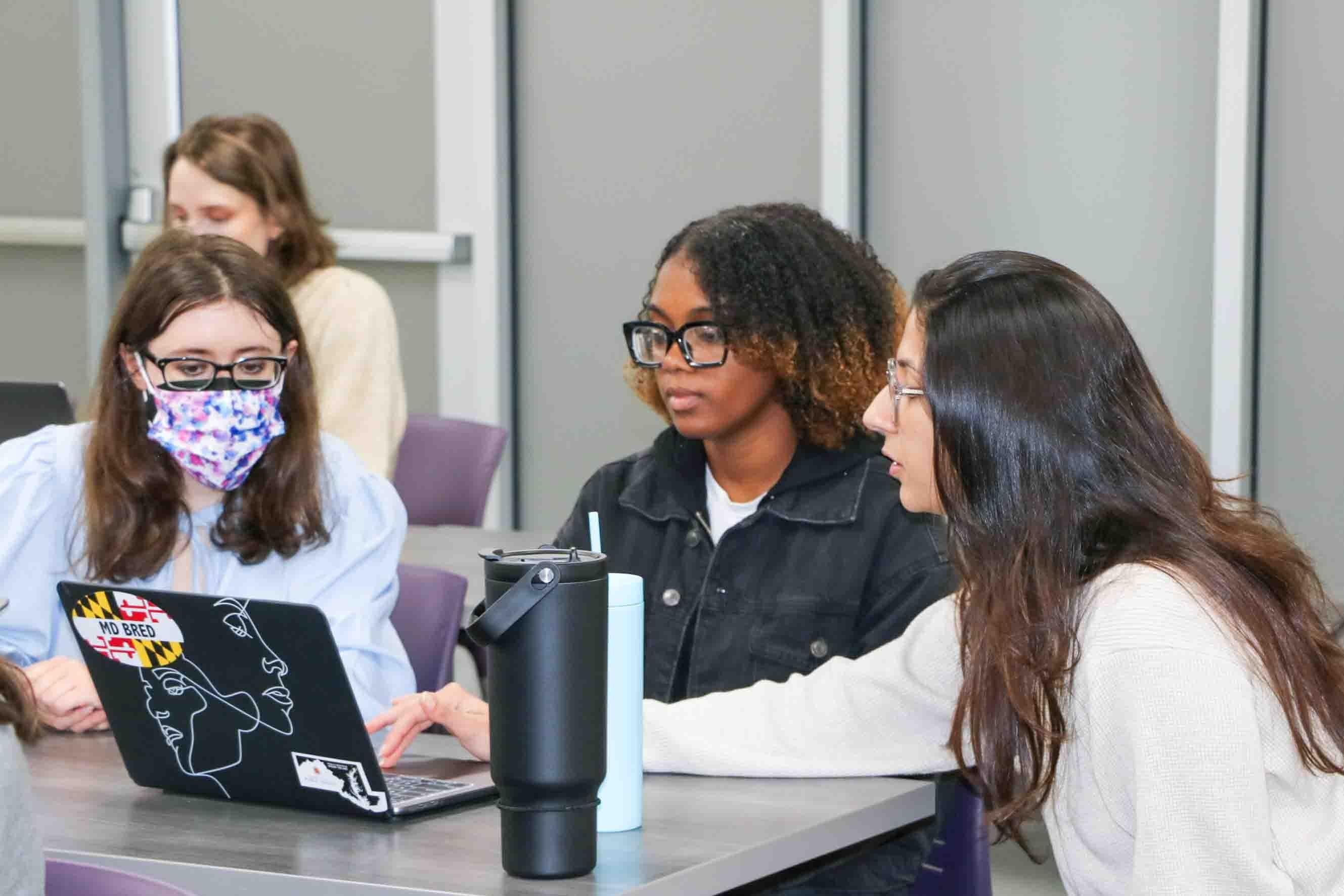
A few weeks from a contentious election that is raising as many emotions as policy points, important issues affecting families are on state ballots across the country as well as in presidential candidates’ platforms. To help with decision-making on key public health topics, doctoral students in Family and Health Policy Impact Seminar have created two one-of-a-kind guides for the upcoming election: 2024 Presidential Policy Voting Guide and 2024 Election Ballot Initiatives Voting Guide.
“There are lots of voting guides out there, but these students have tried to create a well-researched, nonpartisan resource that focuses on the election issues that will impact families,” said Christine Schull, principal lecturer in SPH’s family science program.
Students in this class are becoming expert in their own health-related research areas, and over the semester they have delved into areas related to health on ballots in November, including reproductive health access, marijuana legalization, minimum wage and paid leave, housing and education.
“Public health issues are very important in this election, specifically in ballot initiatives. Many public health issues, such as reproductive health, LGBTQ+ rights and addiction have now moved to state-level ballots,” said Schull.
Schull says students identified public health topics from Ballotpedia, a nonprofit resource for nonpartisan election and policy information at federal and state levels. Then they went to primary sources and peer-reviewed literature to find multiple perspectives on each issue and present them clearly without bias.
There are lots of voting guides out there, but these focus on election issues that will impact families.
The class develops a public health voting guide every other year, but this year’s accessible design, created by Public Health Science undergraduate and designer Aditi Gubba, aims to grab the attention of the broadest possible audience in language that helps clarify positions.
“Sometimes it can be a little fuzzy on what the candidate is proposing specifically,” said Family Science doctoral student Naomi Whitaker. “This guide highlights the facts to look at when you are approached with different policies.”
Whitaker’s own research focuses on adverse childhood experiences affecting Black youth.
For the voting guide, Whitaker researched ballot initiatives and presidential policies on higher education, K-12, and gun violence prevention. She hopes that the guide will help voters see how initiatives will impact everyday lives and wellbeing.

For Raya Francis, a doctoral student from Lebanon researching effective community responses to immigrant health needs, it was important to ensure nonpartisan information.
Francis researched and wrote the voting rights section that delves into non-citizen voting. She found eight states deciding on ballot measures that would ban non-citizen voting and one city – Santa Ana, California – voting on a measure to allow non-citizen residents the right to vote in municipal elections.
“As an immigrant myself it was easy for me to understand how the bans might have a negative impact on immigrant family health, but I also had to wrap my head around how American families might be frustrated and see noncitizen voting as negative,” Francis said.
Plain language without obscure jargon is key to the guide.
Alexandria DiOrio, whose doctoral research focuses on reproductive rights and maternal health, examined the dozen initiatives seeking to amend the language of state constitutions related to abortion. She believes that plain language is essential, especially for divisive topics such as abortion.
“We look at the language of the bill or amendment and summarize what a yes or no vote means. We try to make unclear language clear, but also reference the exact language so that whoever reads it can see it is not interpretation,” DiOrio said.
All the voting guide researchers expressed the challenge of communicating supporting and opposing statements when the language of the ballot initiative itself is biased, and how awareness of their own personal bias is crucial.
“It's been a good practice of putting personal feelings aside to make sure I'm presenting all the information for people to make their own decisions,” says DiOrio.
It's been a good practice of putting personal feelings aside to make sure I'm presenting all the information for people to make their own decisions.
Ahead of Nov. 5th, guide authors hope that it will be a useful tool for informed decision-making.
“I want people to think about public health a little bit more creatively, a little bit more broadly, and really consider how it impacts every aspect of our lives,” says Whitaker.
Schull hopes the voting guide will reach beyond her course.
“The course objectives focus on becoming more experienced with looking at policy through a family impact lens,” she said. “But the opportunity to also create this guide is deeply meaningful because ballot initiatives include more people in decision-making. But those initiatives are only helpful if people have the facts on the issues.”
“We want everyone to be engaged in the voting process, whatever side you're on.”
Read and share the School of Public Health’s 2024 Presidential Policy Voting Guide and the 2024 Election Ballot Initiatives Voting Guide.